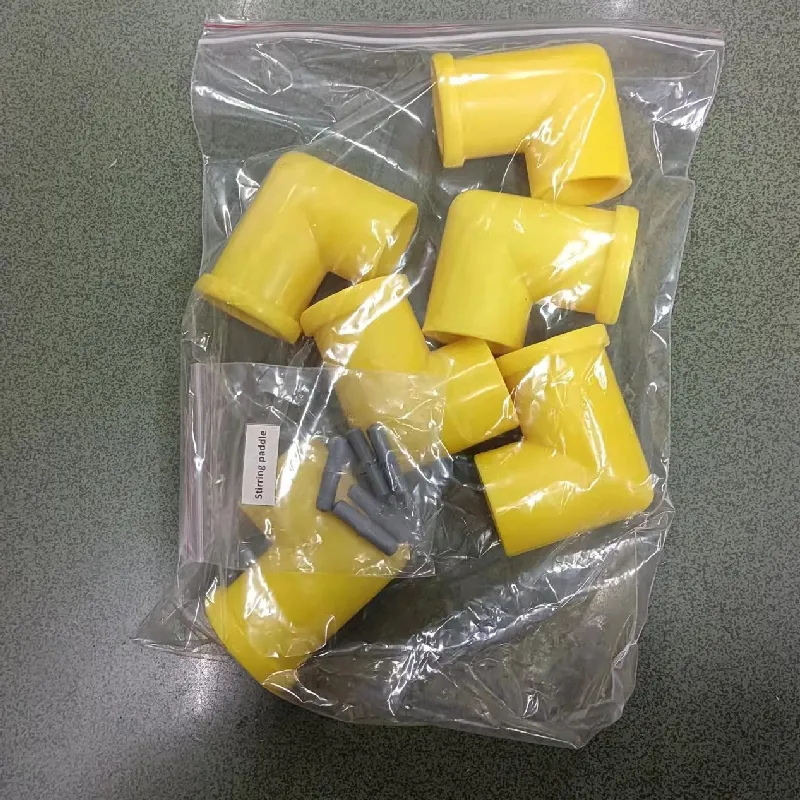 English
English


Comprehensive Guide to Choosing the Best Oil Pressure Testing Kit for Your Vehicle Maintenance Needs
Understanding Oil Pressure Testing Kits Essential Tools for Vehicle Maintenance
Oil pressure testing is a crucial aspect of vehicle maintenance that ensures the smooth and efficient functioning of an engine. An oil pressure testing kit is a specialized tool designed to measure the oil pressure in an engine, providing critical data that helps diagnose potential problems. This article will delve into the importance of these kits, how they work, and why they are essential for proper engine care.
Importance of Oil Pressure Testing
Oil is the lifeblood of any engine; it lubricates moving parts, reduces friction, and helps dissipate heat. Maintaining the correct oil pressure is vital to prevent engine wear and damage. When oil pressure is too low, it can lead to inadequate lubrication, resulting in overheating and engine failure. Conversely, excessively high oil pressure can indicate clogged oil passages or a failing oil pump, which can also cause damage.
Regular oil pressure testing can help identify issues before they become serious problems. By monitoring oil pressure readings, mechanics can ensure that the engine operates within its optimal range. Early detection of anomalies can save vehicle owners from costly repairs and extend the lifespan of their engines.
Components of an Oil Pressure Testing Kit
An oil pressure testing kit typically includes several components
1. Pressure Gauge This is the main tool used to measure the oil pressure. It gives a clear readout in psi (pounds per square inch) or kPa (kilopascals). Most gauges are designed for easy connection to the engine's oil pressure port.
2. Adapters and Hoses These allow the gauge to connect to various oil systems. Different engines may have different fittings, and the kit often includes a range of adapters to ensure compatibility.
3. Valves Some kits come equipped with valves that can help control the flow of oil during testing, preventing leaks and mess.
4. User Manual A comprehensive guide to using the kit effectively is essential, especially for those unfamiliar with oil pressure testing procedures.
oil pressure testing kit

How to Use an Oil Pressure Testing Kit
Using an oil pressure testing kit is a straightforward process
1. Prepare the Vehicle Park the vehicle on a level surface, turn off the engine, and allow it to cool to prevent burns or injuries.
2. Locate the Oil Pressure Sending Unit This component is usually found near the oil filter. Remove it to gain access to the oil pressure port.
3. Connect the Pressure Gauge Attach the pressure gauge to the oil port using the appropriate adapter. Ensure a tight seal to prevent oil leaks.
4. Start the Engine With the gauge connected, start the engine and observe the gauge readings. Compare the readings to the manufacturer’s specifications.
5. Analyze the Results A reading within the recommended range indicates that the oil pressure is normal. If the pressure is too low or too high, further investigation is needed to determine the cause.
6. Disconnect and Reassemble After testing, turn off the engine, carefully disconnect the gauge, and reattach the oil pressure sending unit.
Conclusion
An oil pressure testing kit is an invaluable tool for both professional mechanics and DIY enthusiasts. By regularly testing oil pressure, vehicle owners can prevent serious engine issues, enhance performance, and extend the life of their engines. As engine technology evolves, staying updated with maintenance practices, including oil pressure testing, is essential for optimum vehicle performance. Whether you are a seasoned mechanic or a car owner looking to maintain your vehicle, investing in an oil pressure testing kit is a wise decision that pays dividends in reliability and efficiency.
-
Differences between open cup flash point tester and closed cup flash point testerNewsOct.31,2024
-
The Reliable Load Tap ChangerNewsOct.23,2024
-
The Essential Guide to Hipot TestersNewsOct.23,2024
-
The Digital Insulation TesterNewsOct.23,2024
-
The Best Earth Loop Impedance Tester for SaleNewsOct.23,2024
-
Tan Delta Tester--The Essential Tool for Electrical Insulation TestingNewsOct.23,2024





